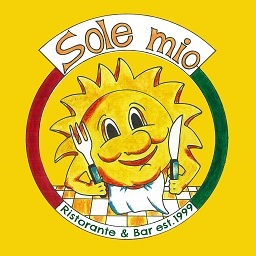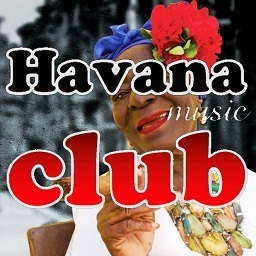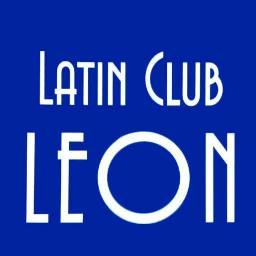There is no doubt that The Bay Area has many talents, so there are always groups and people to talk about. Today it was the turn of the talented American percussionist of Nicaraguan origin Leo Rosales, with whom we had the pleasure of chatting about his life and projects with both the group Malo and his current band Momotombo SF.
This Latin rock legend has so much to tell and we are happy to hear him and make known his success and great struggles in the world of music.

Leo’s beginnings in music
Leo’s interest in music began at home with his parents, who, as we have already said, come from Central America, which greatly the young man and the steps he would take a few years later.
It turns out that his father was a radio host at the station Radio Mundial and his uncle was a musician in the 1940s in Nicaragua, where both developed their careers linked to music for a long time. However, they decided that the Central American country did not offer them the opportunities they were seeking and decided to move to San Francisco and build their families there.
It was in San Francisco where Leo was born, his father decided to return to his job as a radio host at the station Coffee and his uncle met important musicians who helped him adapt to the musical environment in that place. All this coupled with the numerous family parties held at Leo’s house with Latin music aroused an enormous interest in the child for this world.
Tradictional music, salsa and Latin jazz inspired him to listen to all kinds of genres and bands, but not only in Spanish. He also became a big fan of The Beatles, The Rolling Stones, James Brown, among others.
He loved what he heard so much he even decided to learn to play the drums on his own by ear. Then, he started using cooking pots and sticks to rehearse at home in an improvised way until he had the opportunity to use professional instruments.

Leo’s start in music professionally
Leo was so hell-bent on making a name for himself in music that he got yogether with some friends and colleagues with the same interests to create an improvised group with which he gradually managed to play at parties and small street festivals.
They also began to perform in larger events and to meet more and more important people in the industry. Also Leo and the other young people began to make friends with other groups, which led to new job opportunities for several of them.
Around the same time they met the world famous businessman and concert promoter Bill Graham, who stated taking musicians to all over to San Francisco. This gave Leo the opportunity to play at the Fillmore West as well as other famous bands such as Chicago, Cold Blood, The Doors, The Gratful Dead, among others.
There was a night when a friend invited him to see a band play that would completely change the vision Leo Rosales had of music because they did not just play rock, but also conga, timbales and other Latino-oriented instruments. That group turned out to be Carlos Santana’s band in 1968.
Leo was so impressed with the group that the way he conceived music changed completely and he decided that this was the same direction he wanted to pursue. That is how he started playing Santana’s songs in various nightclubs, which led him to meet his brother Jorge Santana.
Grupo Malo
By the time Leo met Jorge, he was leading the group Malo. It all happened when the young man was about 17 or 18 years old and the same friend who took him to see Carlos invited him to see Jorge play with his band. At the request of the friend’s brother, Leo was given the opportunity to play the timbales, which he learned to play in the rock genre thanks to having listened to Santana for so long.
After having played in several places with the group Malo and thanks to his high level as a musician, he was invited by one of the founders of the group, Arcelio García, to rehearse with the rest of the members. After rehearsing with them for a while, Leo became a permanent member of Malo and, shortly thereafter, he began touring the United States with them.
All these performances helped the artist to become much more professional in his trade and to meet many other prestigious musicians.

Momotombo SF
After being in the group Malo for a long time, the priorities of some of its members changed. While Arcelio and Jorge continued with the Malo project, Leo and one of the ex-guitarists, Gabriel Manzo wanted to continue playing the same music, but did not want to continue using the group’s name out of respect for those who were still there and in order to avoid legal problems.
That is when Leo talked to Arcelio and Jorge to ask for their opinion about it and they agreed that there was no problem with the birth of a new group, but it needed its nae changed. For this reason, the percussionist and his bandmates used one of Malo’s songs called Momotombo to refer to the new band they created.
`‘Momotombo” is a song written by composer Pablo Tellez that pays homage to the Nicaraguan volcano near the town of the same name. Then, they began to refer to themselves as ”Momotombo with former members of Malo & Santana” to make it clear where its members come from. This was more than five years ago.
”What we want is to keep alive the essence of Malo and Santana’s music with the same love with which we did it years ago, while respecting the original founders and those who were still there. On the contrary, we want to honor them and make it clear where we come from” said Leo, who evidently has full respect to Malo and its founders, who gave him the opportunity of his lifetime.
Read also: The Bolivian charango with Spanish roots







































